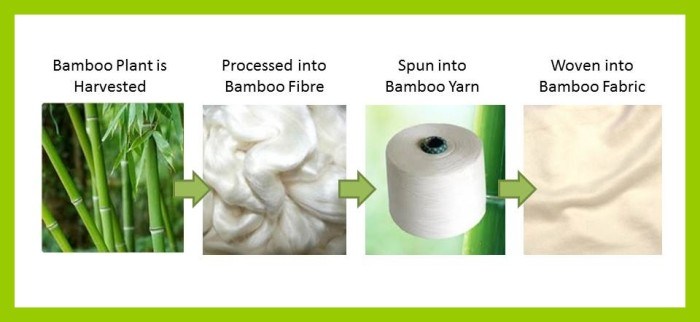Chapter 5 Blog: Bamboo Fabric and Cotton Processing
Fiber Identification by Burning
Fibers all have different compositions and they all react to fire in different ways. The ways that these fibers react can tell us what type of fiber it is. For instance cotton will burn but it will not melt, it will start to smell like burning wood. It does not leave a dark ash or smoke it is a white color. Since cotton is a natural cellulose fiber, all other natural cellulose fibers will burn with the same characteristics. Natural protein fibers, such as wool and silk, will burn but not melt, very strong burnt hair smell, when its removed from the fire it will stop burning, and leaves dark black beads once it has been burned. Rayon is partially a cellulose fiber and partially an artificial fiber but, it burns the same way as the cellulose fiber where it won't melt and smells like burning wood. Polyester is an artificial fiber and burns very differentially than natural fibers. This fabric will start to shrink, melt, and burn from fire. Once it has been burned a bead forms on the fiber but it will not crush to become powder. Nylon, acetate, and acrylic burn in a similar way where it will start to shrink and melt and the residue cannot be crushed.
Bamboo Fabric
Bamboo is a natural element that can be harvested to be made into things such as reusable plates, containers, and even fabrics. This is a great source for fabrics since it is a renewable source for the fabric. When the stalks are cut down the cut needs to be a neat and clean as possible for the stalks to grow again. The stalks are then taken and cut into shavings called bamboo chips and placed into a "Global Organic Textile Standard approved soaking liquid". After soaking the chips are made into a pulp and then dried in a sheet form. When the sheets are fully dried, they are ground and spun into bamboo fibers. Bamboo fabric has many benefits to it such as renewability, it is an anti-bacterial naturally, and it has a strong durability.
The picture to the left shows the process of making bamboo fabric, the look of the bamboo resembles silk not only in the color but in the texture and length.How Cotton is Processed
Cotton has been seen in use for over 7,000 years. This was a crop that needed to be handpicked and hours were spent taking out all of the seeds from within the cotton. With the invention of the cotton gin in the early 18th century. This allowed for more cotton to be processed for fabric goods increasing the popularity of the product. The cotton process beings on the farm, taking around 5 months to get the crop once the seeds have been planted. Once the cotton is picked, it is formed into large rectangular modules and then sent to be ginned. Here at the plant, the cotton is ginned, getting rid of seeds, sticks, and other debris. The cotton is also cleaned to make sure no left over dust and debris is stuck within the cotton. They remove this debris by breaking up the clumps of cotton and separating the debris. The seed cotton goes through about 3 or 4 machines in order to remove all debris making sure all is removed. Once the ginning process has occurred the cotton is made into bales, pictured below, that weigh about 500 lbs. Ties are then placed around the bales to secure the cotton.
 The cotton is then taken to be placed into a bag but, before it is sealed arms take samples from both sides of the cotton and then it is placed is a large bag. The bags are then labeled with an I.D number. The sample that is taken is placed into a bag, labeled, and sent to the United States Department of Agriculture. There is is analyzed for cleanliness, fiber length, color, and other requirements. The cotton is then given a grade and used accordingly to the rating.
The cotton is then taken to be placed into a bag but, before it is sealed arms take samples from both sides of the cotton and then it is placed is a large bag. The bags are then labeled with an I.D number. The sample that is taken is placed into a bag, labeled, and sent to the United States Department of Agriculture. There is is analyzed for cleanliness, fiber length, color, and other requirements. The cotton is then given a grade and used accordingly to the rating.



https://consumereviewer.com/best_sheet/t5c/gif-mode.html
ReplyDeleteWell done! The Popularity of Bamboo is increasing in home goods. Bath sheets, towels and other home goods product are utilizing this materials more and more. Cotton is still popular as well.
ReplyDeletehttps://consumereviewer.com/best_sheet/t5c/gif-mode.html
Bamboo is increasing in popularity for home goods such as sheets and towels. Cotton and linen are still very popular as well. Notice bamboo in the marketplace!
ReplyDelete